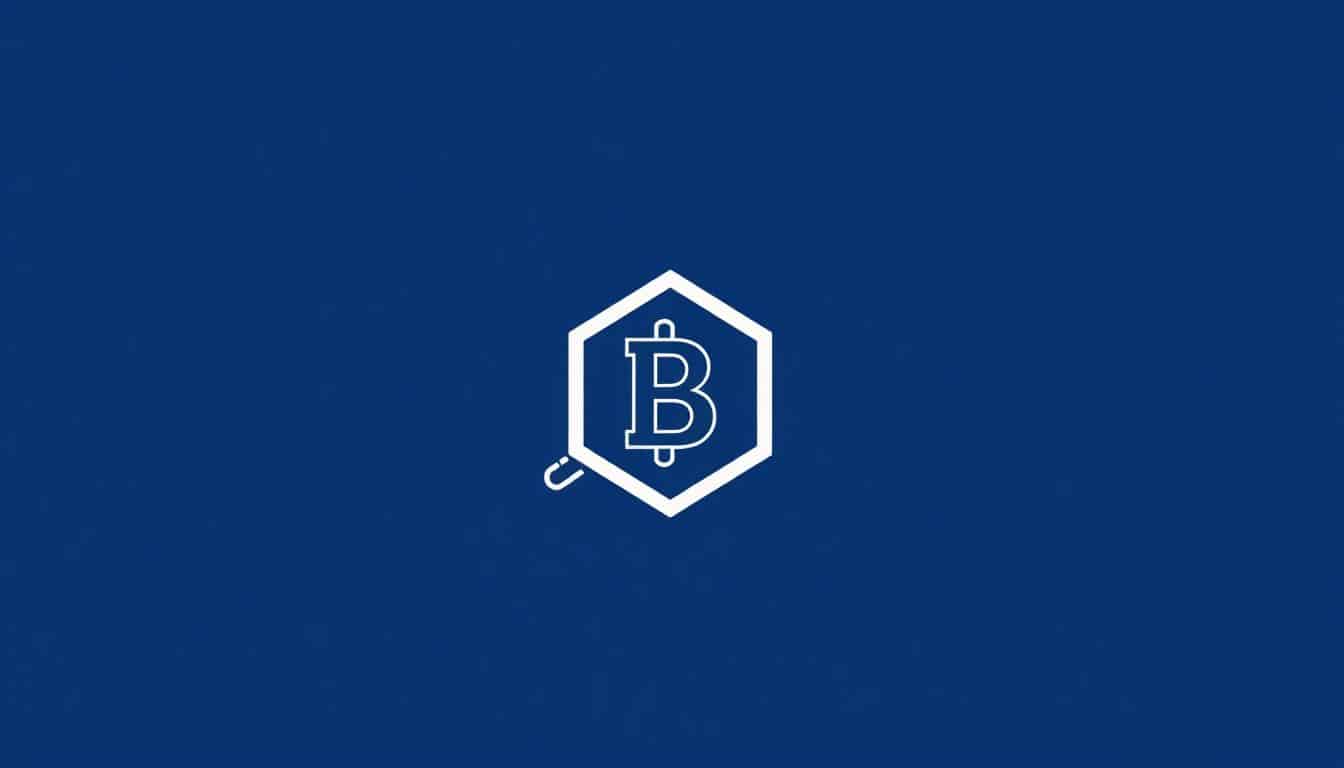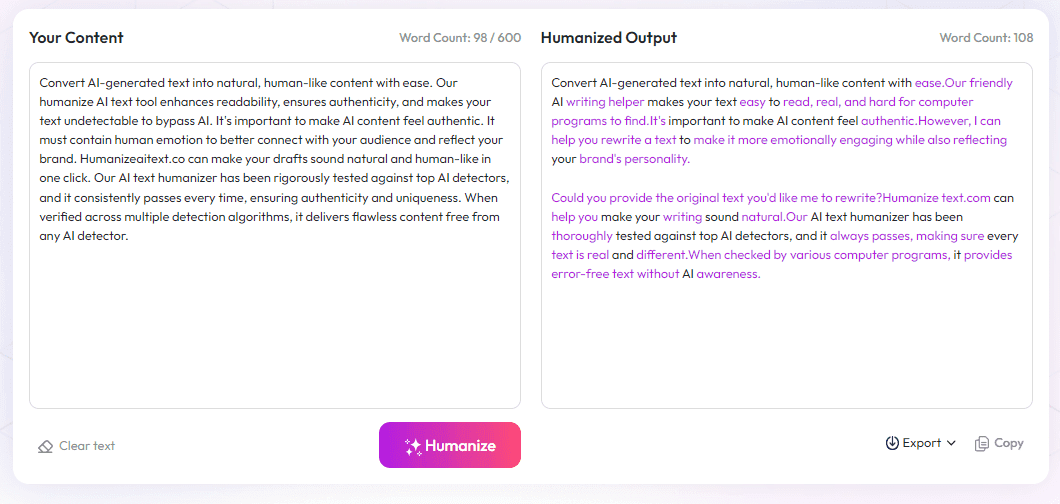Table of Contents
You’ve probably heard about how online content can get stolen or messed with, right? It’s frustrating when creators don’t have an easy way to protect their work. But don’t worry, there’s a solution that promises a more secure way to claim and prove your copyright—blockchain.
Keep reading, and I’ll show you how blockchain can be a game-changer for protecting your creative stuff. From how it works to the steps you can take, I’ll share simple insights to help you get started.
In the end, you’ll see how this tech can make a real difference for creators wanting to keep control and get credit for their work.
Key Takeaways
Key Takeaways
- Blockchain offers a secure, quick way for creators to register and prove ownership of digital works without costly traditional registration processes.
- It uses unchangeable records and smart contracts to handle rights, licensing, and transfers, reducing fraud and manual paperwork.
- Blockchain can store large files efficiently and verify ownership in seconds, helping creators protect their work in real-time.
- Public ledgers make ownership proof transparent and easy to share in disputes, with courts increasingly accepting blockchain evidence.
- Getting started involves choosing a platform, uploading work, and setting licensing terms, with strategies to back up records and stay updated.
- Legal recognition is growing, but creators should understand local laws and seek expert advice to strengthen their rights.
- Challenges include compatibility, costs, and regulation, but ongoing improvements move blockchain closer to wider acceptance and use.

Blockchain copyright protection is quickly becoming a game-changer for creators looking to safeguard their digital works. At its core, blockchain offers a decentralized, tamper-proof ledger where artists, writers, musicians, and other content creators can record proof of ownership. This means that whenever someone registers their work on a blockchain platform, they create an indelible record that proves they are the original owner. Unlike traditional copyright registration methods, which can be costly and time-consuming, blockchain registration happens almost instantly and at a fraction of the cost.
One of the key features that makes blockchain perfect for copyright protection is its ability to ensure data integrity. Each registration or transfer of rights is recorded via a smart contract—self-executing code that automates and verifies transactions without middlemen. Smart contracts can handle everything from initial registration to licensing, transferring, or even querying rights status, reducing manual paperwork and minimizing fraud risks. For example, in systems like ImageRights or music rights platforms supported by WIPO, artists can register their work transparently, with their ownership secured on a blockchain that anyone can verify at any time.
Another big advantage is the efficiency in managing digital content. Thanks to blockchain’s design, it can reduce data storage needs by up to 200 times while still maintaining high confidentiality levels. This means that even huge collections of digital works can be stored and validated on a blockchain without bogging down systems. Performance metrics from real-world implementations show that registering videos takes just about 5 seconds, with verification happening in around 4.5 seconds. Such speed makes blockchain suitable for real-time copyright enforcement, helping creators act swiftly against unauthorized use.
Furthermore, blockchain's transparency makes it easier to prove ownership if a dispute arises. Because the blockchain ledger is publicly accessible and unalterable, creators don’t need to rely on traditional, often opaque, legal proofs. Instead, they can present their registration timestamp and digital record as concrete evidence. These features are backed by growing institutional support—organizations like SACEM or PRS for Music have adopted blockchain-based models since 2017, hinting at its rising legitimacy in the world of copyrights.
Numerous studies and experiments show that blockchain can handle encryption of large files efficiently—decrypting 10MB files can be done in mere milliseconds at 64-bit encryption levels, making it practical even for high-resolution media. Additionally, the global blockchain market, projected to hit around $150 billion by 2030, signifies increasing investments and confidence in this technology for copyright protection and beyond.
To explore how you can get started with blockchain for your work, check out this guide on protecting your book without an agent. Implementing blockchain registration not only secures your work digitally but also opens up new possibilities for smart licensing and automated rights management that benefit creators in today's fast-moving digital landscape.

5. Legal Recognition of Blockchain-Based Copyright Proofs
Many creators wonder if blockchain registrations will hold up in a court of law. The good news is that courts are increasingly recognizing digital evidence that is stored securely and transparently, like blockchain records. Countries such as the US, UK, and the European Union are gradually integrating blockchain and smart contracts into their legal frameworks.
Some courts have already accepted blockchain timestamps as proof of ownership or creation date, especially when accompanied by other verifiable data. For example, in the case of copyright disputes, a blockchain record can serve as a strong piece of evidence showing when a work was registered or transferred.
To strengthen the legal standing of your blockchain proof, consider consulting with an intellectual property lawyer familiar with new tech, or using platforms that adhere to recognized standards, such as those supported by the World Intellectual Property Organization (WIPO). This way, you’re not just relying on the technology but also making sure your rights are properly protected under existing laws.
Institutions and legal systems are slowly catching up, but it’s a good idea for creators to keep thorough records and understand local laws related to digital rights management. Some countries are even exploring legislation to explicitly recognize blockchain-based proofs, which could make enforcement and disputes easier to navigate.
6. Steps to Start Using Blockchain for Copyright Protection
Getting started might seem daunting, but a few simple steps can set you on the right track. First, choose a reputable blockchain platform that offers digital rights management features, like a platform tailored for creators.
Next, prepare your digital work — whether it’s a photo, song, or manuscript — and upload it to the platform. Many platforms allow you to register your work with minimal hassle and generate a timestamped proof of ownership.
Be sure to document your submission thoroughly, including metadata like creation date, description, and licensing details. Using smart contracts, you can also set licensing terms or automate transfers, making licensing more straightforward down the road.
It’s also advisable to back up your blockchain records or keep a copy outside the blockchain for safekeeping. Although these records are tamper-proof, storing additional copies helps in case of technical issues.
Finally, stay informed about updates and new features from your chosen platform, as blockchain tech is evolving and new tools for rights management are released regularly. This will help you stay ahead and fully utilize the benefits of blockchain copyright protection.
7. Challenges and the Future of Blockchain in Copyright Protection
While blockchain offers many advantages, there are hurdles still to overcome. Interoperability between different blockchain platforms remains a challenge, making it tricky to transfer or verify rights across systems seamlessly.
Scalability is another concern, especially with high-volume content libraries, though recent stats show that blockchain can process thousands of operations per second—around 410 to 484—making real-time use feasible.
Regulatory clarity is still catching up, with some jurisdictions hesitant to fully accept decentralized proofs without clearer legal backing. This uncertainty can slow adoption, but increasing institutional support points toward more recognition in the future.
Costs associated with certain blockchain platforms or transaction fees, though often lower than traditional methods, can add up for large-scale projects. It’s worth shopping around for platforms that balance transparency, security, and affordability.
Looking ahead, many industry watchers believe blockchain will continue to integrate with AI and other emerging tech, streamlining copyright management even further. Think of smart licensing that automatically enforces, renews, and assigns rights based on AI-driven analysis.
Emerging trends also include the development of global standards for blockchain copyright records, which could make cross-border enforcement easier and more consistent. For creators, staying informed, cautious about technological and legal shifts, and engaging with trusted platforms will be key to successfully navigating the future.
FAQs
Blockchain records original content securely, creates an immutable proof of ownership, and allows creators to verify rights without rely on third parties, making copyright protection transparent and tamper-proof.
Smart contracts, cryptographic hashing, and decentralized ledgers ensure content authenticity, prevent unauthorized changes, and provide clear proof of ownership for creators.
Creators gain verified proof of rights, improved control over licensing, transparent royalty tracking, and reduced risk of content theft or misuse.
Blockchain can timestamp works, facilitate licensing agreements, automate royalty payments with smart contracts, and provide transparent tracking of content usage.



